The Polestar 1 Is a Hybrid 600-HP AWD Coupe
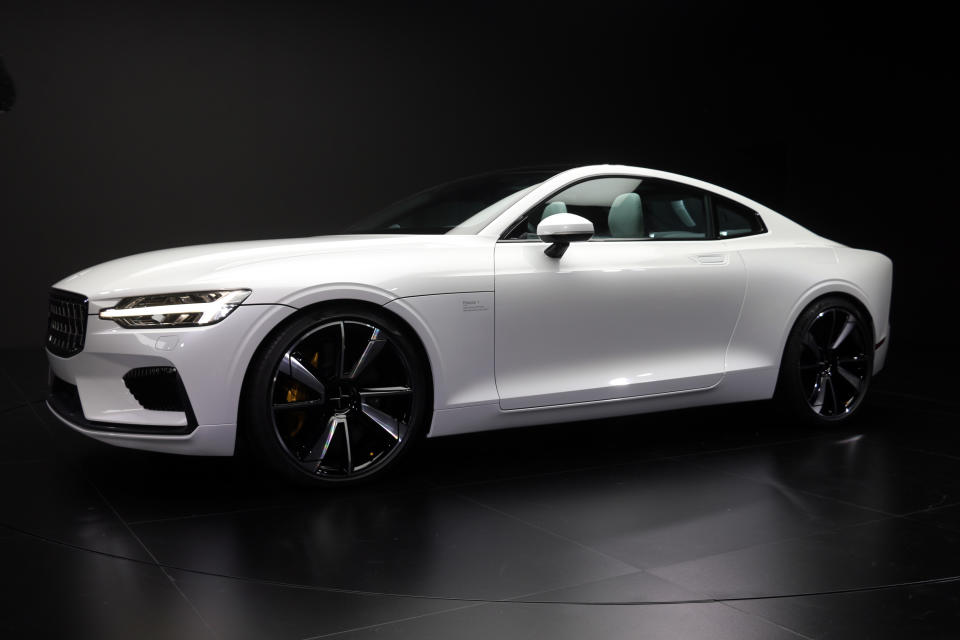
Remember Volvo's Concept Coupe from 2013? It was the two-door everybody wanted Volvo to make. Unfortunately, the timing wasn't right, as the people at Volvo were busy renewing their core lineup, launching the XC90, followed by the S90/V90, the XC60, and most recently, the XC40 compact SUV.
The halo coupe had to wait, but now, its time has come. And while this coupe is technically no Volvo, it must be pretty close to what the automaker's former design chief and current Polestar head Thomas Ingenlath wished to put into production four years ago. Now, the Concept Coupe has evolved into Polestar's debut model for 2020, a carbon fiber coupe without Volvo's iron mark, but with 600 horsepower and 737 lb-ft, just in case.
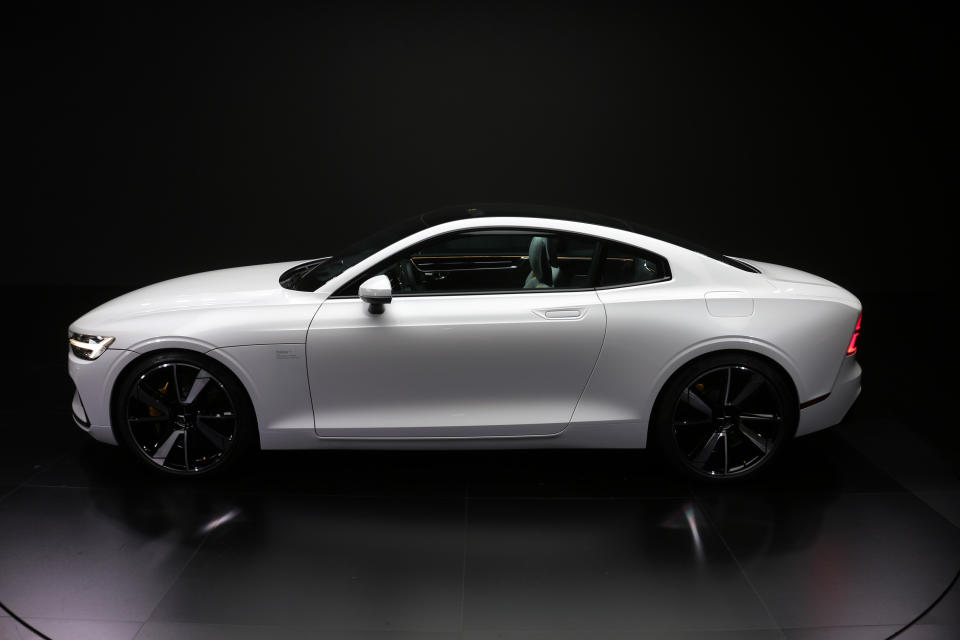
Tesla rival or not, Polestar's GT is a plug-in hybrid, developed within the last two years after the decision was made that Polestar would become Volvo's electric performance brand. It's here to lead Volvo's electrification efforts, offering customers an all-wheel drive sports car with a new logo, four seats, a carbon-fiber body and enough range to cross a continent.
Based on a shortened version of Volvo's SPA platform, the Polestar 1 hides a bonded carbon fiber "patch" to improve torsional rigidity by 45 percent. Most all of the Polestar 1's body panels are made from carbon fiber, which helps lower its center of gravity while saving 507 lbs in weight. Which just so happens to match the weight penalty of the 34kWh battery pack Polestar has fitted to this coupe's rear axle to triple its electric punch.
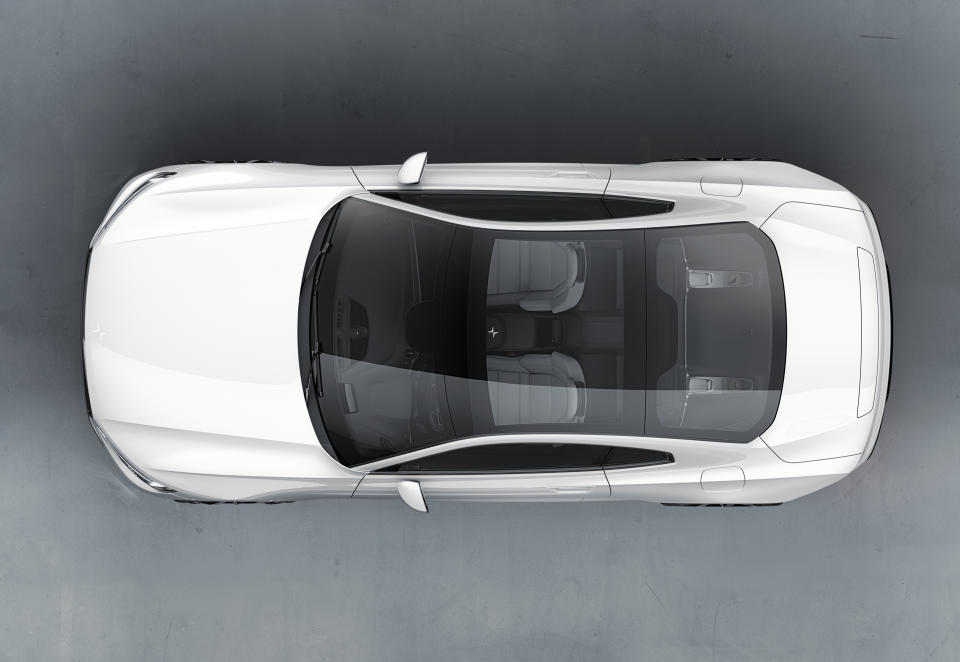
The Polestar 1's rear-axle battery combined with its main battery pack in the transmission tunnel give the coupe an electric range of 93 miles, while weight distribution remains ideal at 48-52 percent front-to-rear.
At the front, you'll find Volvo's now-familiar turbo- and supercharged four-cylinder gas engine and an additional 44-hp electric motor bolted to the crank. At the rear, there's a pair of 107-hp electric motors.
The Polestar 1's combined output of 600 horsepower and 737 lb-ft should be enough to do the job on its own, but it also promises physics-bending cornering speeds. That's thanks to an advanced torque-vectoring system enabled by the two motors at the rear axle, and a continuously controlled electronic suspension by Öhlins. The stopping power for its 600 horses is provided by six-piston brake calipers made by Akebono, the same company that makes brakes for McLaren.
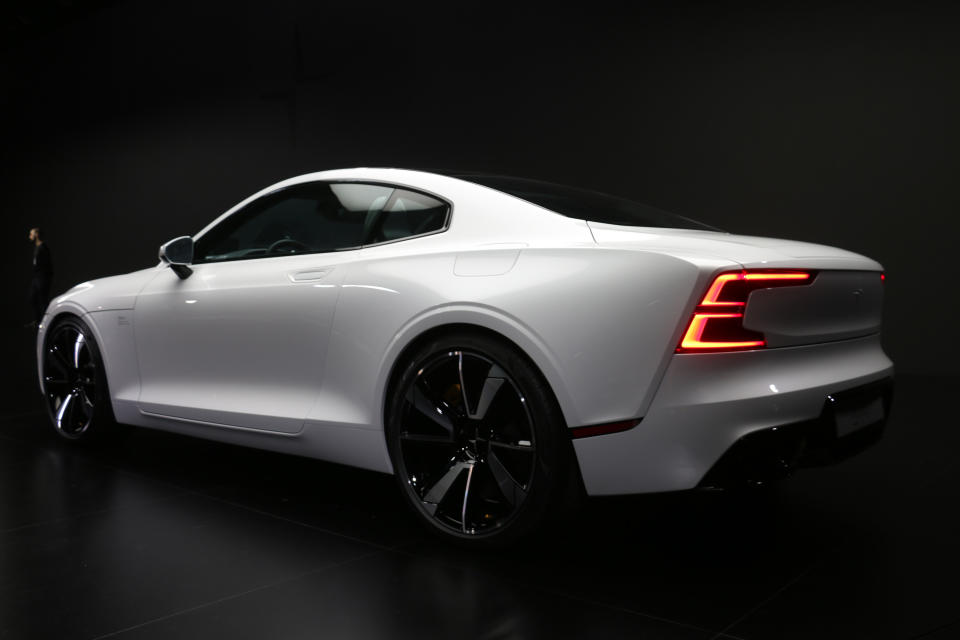
Complementing the Polestar 1's classic GT proportions are a retractable rear wing, a visible carbon interior, a Polestar logo projected onto the glass roof at all times, and a display box in the trunk showing off all the high-voltage goodness.
That new logo represents "pure progressive performance" according to Polestar, which should translate to a combination of speed and reduced pollution levels. The former is relatively easy to achieve, while the latter should be aided not only by the car's electric range, but also the new factory Polestar is building in China. The plant will use hydroelectricity to minimize Polestar products' environmental impact, despite starting to produce the powerful car ever to leave a Chinese factory in mid-2019.

Following in the footsteps of Volvo's new subscription service announced with the 2018 XC40, it shouldn't come as a surprise that there's no hard sale in sight for the Polestar's cars either. There will be "Polestar Spaces" at selected US Volvo dealers, where technically, people will be able to buy a Polestar 1, but the automaker's intention is to push customers towards a two or three year subscription service. With this service, your car is configured online, there's no deposit, and you get features such as pick-up and delivery servicing, and the ability to rent other Volvo and Polestar models, all incorporated into one monthly payment.
After the first customer's two to three years with the car, Polestar will take it back, re-leasing it as a pre-owned model for another two to three. Six years on, Polestar 1s should enter the used car market, with Volvo having addressed both battery life and resale value concerns right when they may have mattered.

At this early stage, Polestar expects to produce 500 units per year, but this figure could climb higher if there's demand. Once the Polestar 1 hits the streets globally, mostly in metropolitan areas in 2020, the brand will be quick to launch its second car, a Tesla Model 3-rivaling sedan. Both that and the following SUV will be pure battery-electric vehicles, with the four-door based on Volvo's and Geely's new CMA platform.
Meanwhile, Volvo's own Polestar Engineered models will get easier to configure online, with improvements added at the factory rather than at the dealers. Tweaked T8 plug-in hybrids are pretty much as far as Volvo will go, but from now on, there's Polestar for those performance-oriented buyers who need more than just safety and comfort.
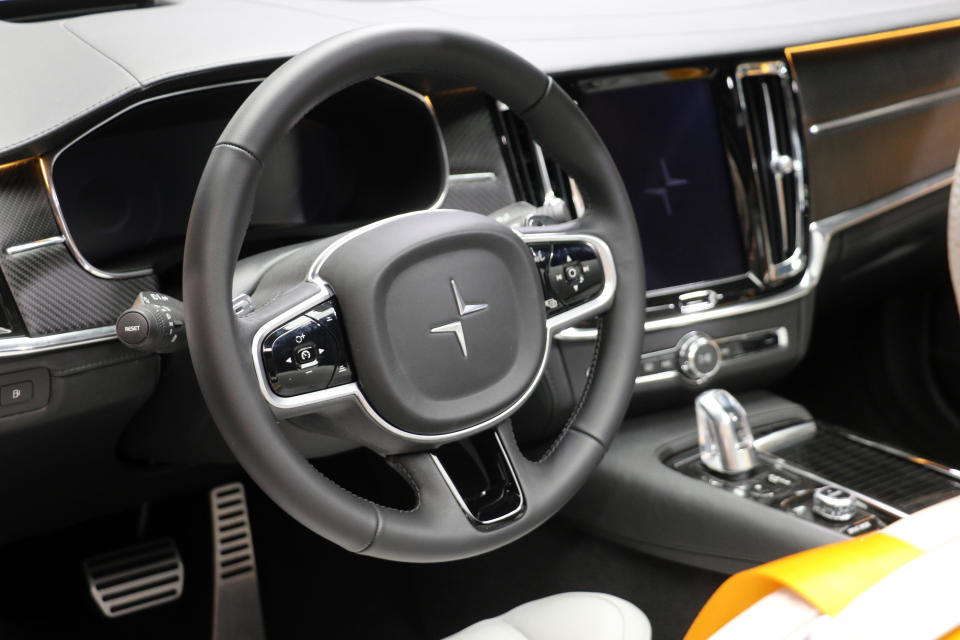
While there may be more questions than answers at this point, what's for sure is that the Polestar 1 is the sporty Volvo we've been all asking for, set up by the company's chassis gurus, hiding an advanced drivetrain that won't be banned from any city center.
Apart from the BMW i8 and the Acura NSX, there aren't any high-performance plug-in hybrids on the market today. And a 600-horsepower 2+2 is certainly not a half bad start from a small Swedish company which intents to build a million electrified vehicles by 2025. Even considering the giant Chinese parent blowing into its sail.
Thomas Ingenlath must be pretty happy today, and looking at the car, I happen to find that contagious. It's gorgeous.


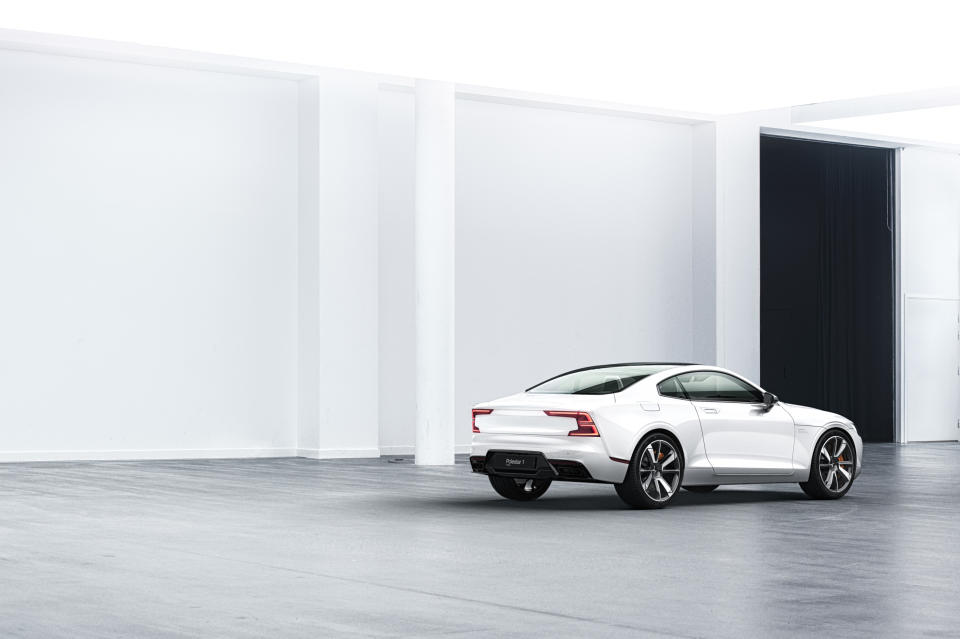

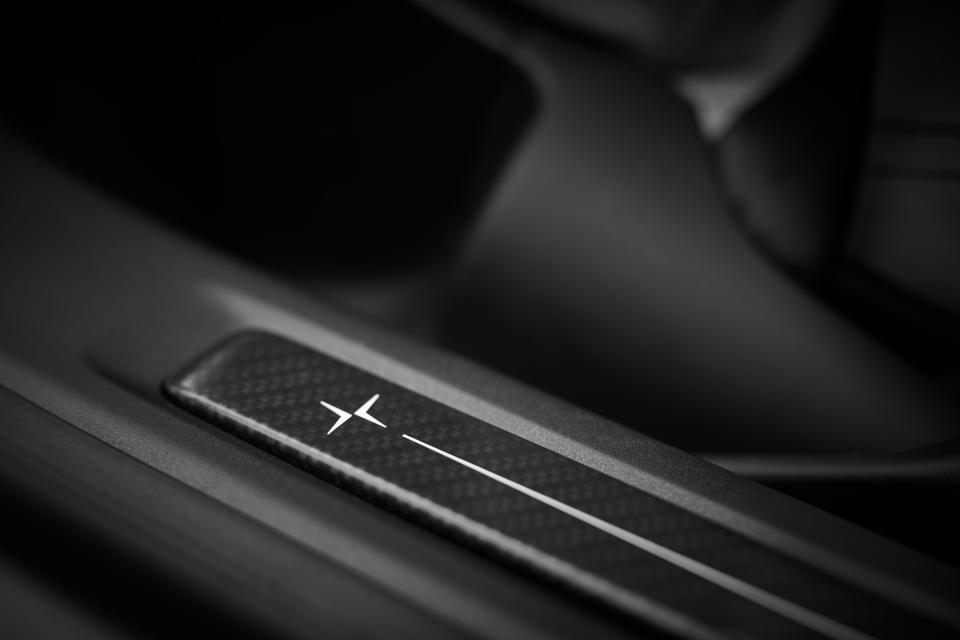
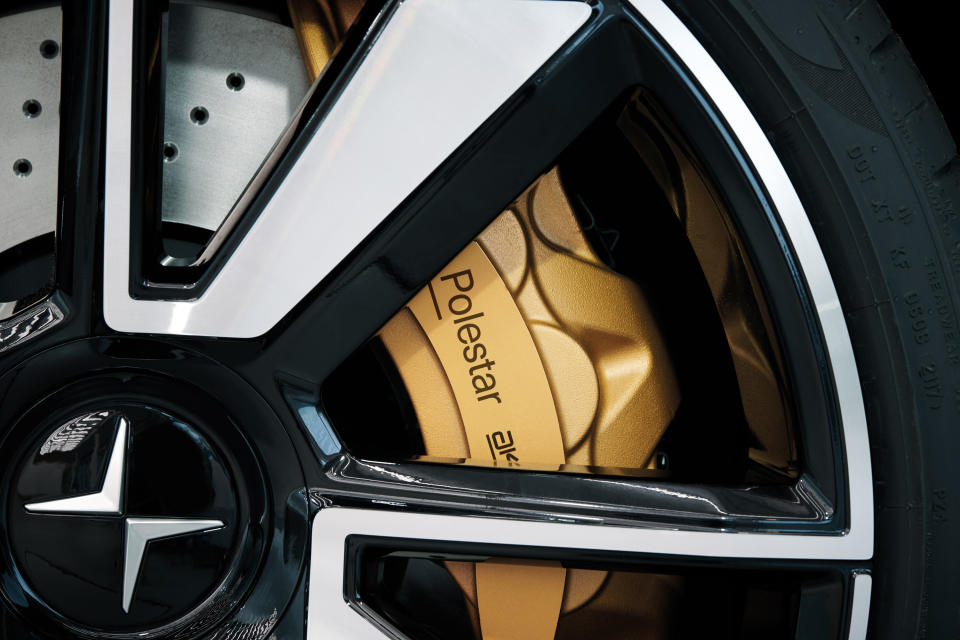
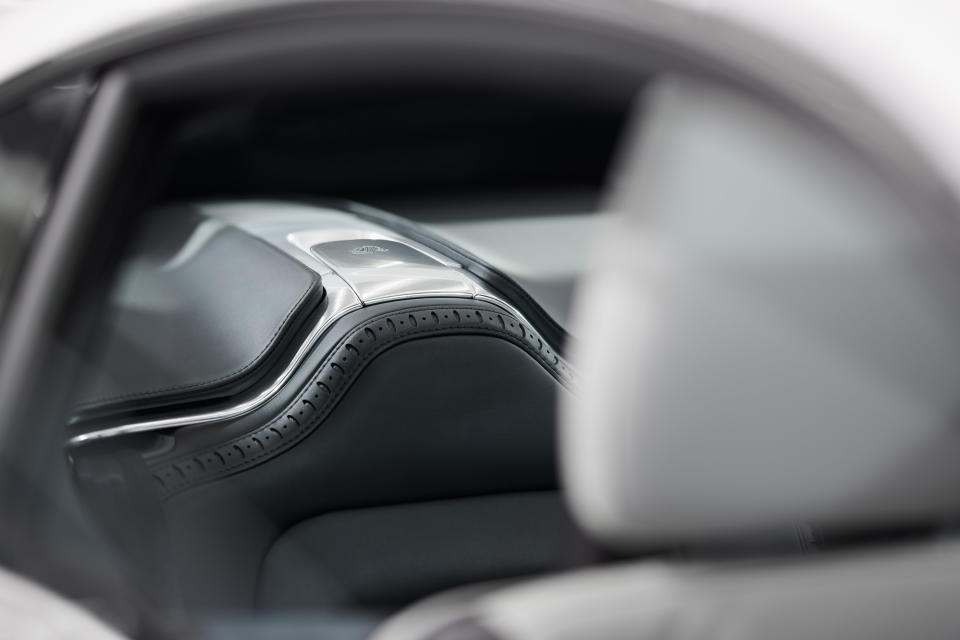

And now, just for reference, the Volvo Concept Coupe from 2013, proving that seemingly doomed concepts can make it after all.
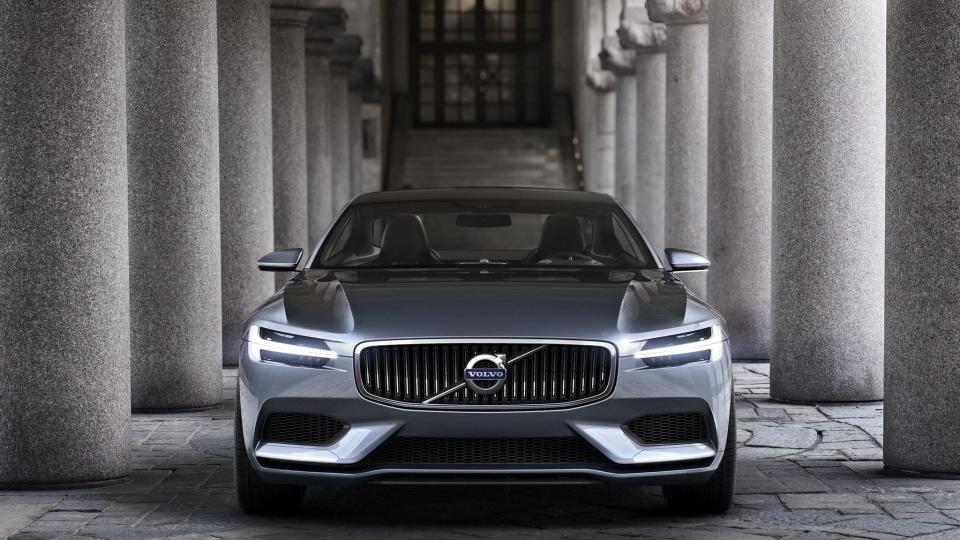
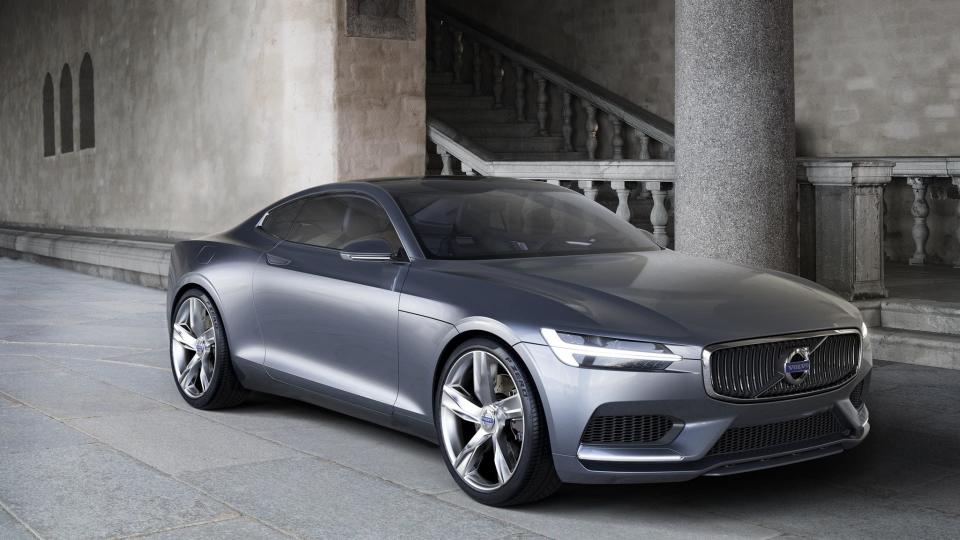
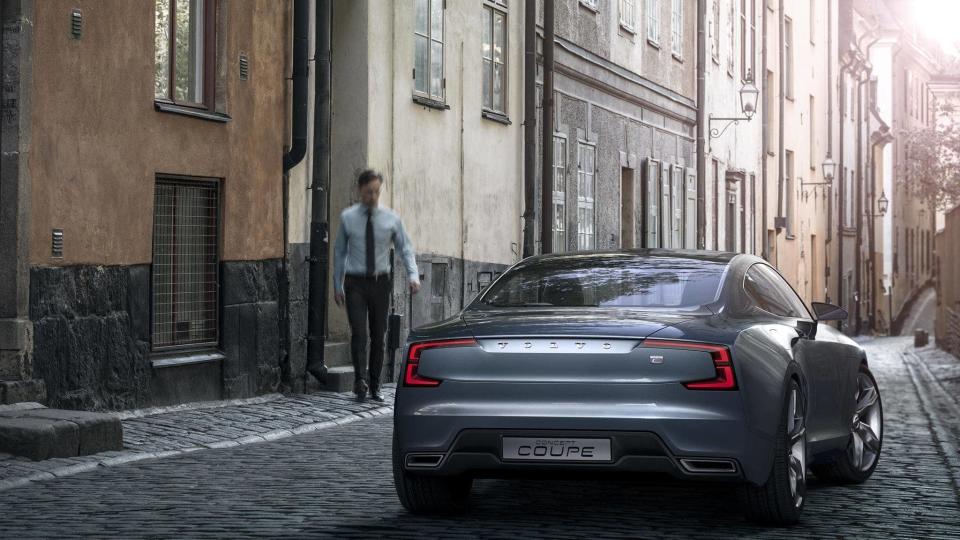
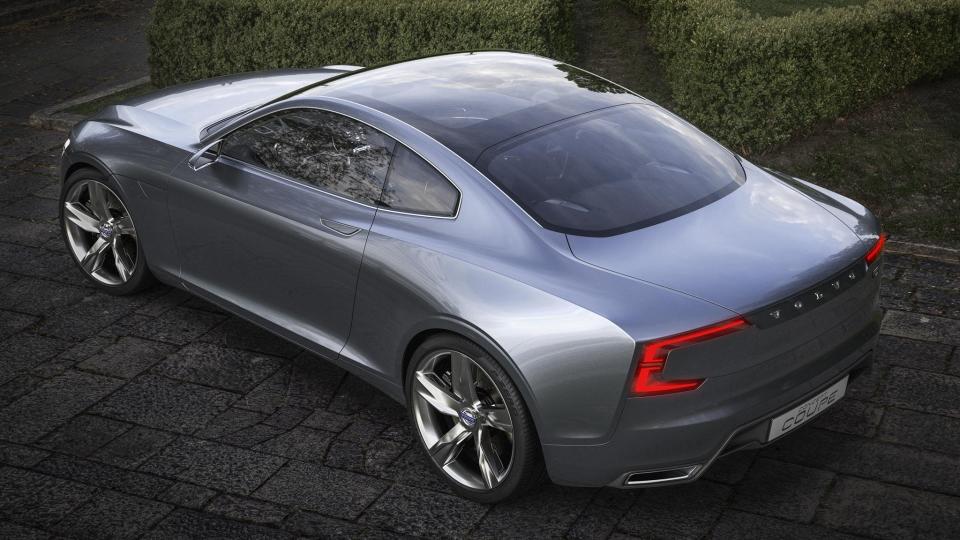
You Might Also Like

 Yahoo Autos
Yahoo Autos 